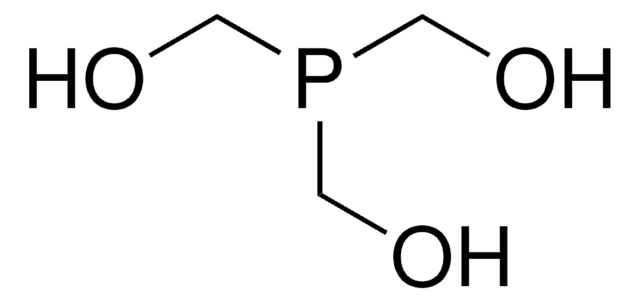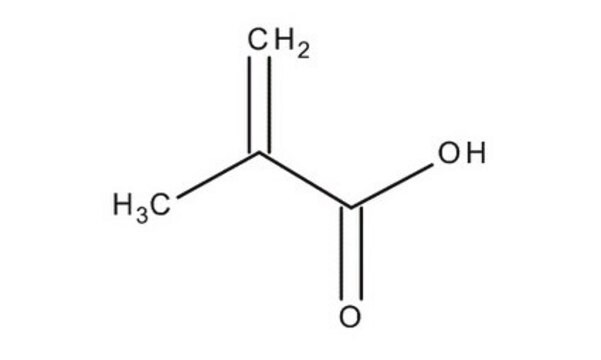15175
Bis[tetrakis(hydroxymethyl)phosphonium] sulfate solution
technical, 70-75% in H2O (T)
Sinônimo(s):
Tetrakis(hydroxymethyl)phosphonium sulfate
About This Item
Produtos recomendados
grau
technical
Nível de qualidade
concentração
70-75% in H2O (T)
Impurezas
formaldehyde
cadeia de caracteres SMILES
[O-]S([O-])(=O)=O.OC[P+](CO)(CO)CO.OC[P+](CO)(CO)CO
InChI
1S/2C4H12O4P.H2O4S/c2*5-1-9(2-6,3-7)4-8;1-5(2,3)4/h2*5-8H,1-4H2;(H2,1,2,3,4)/q2*+1;/p-2
chave InChI
YIEDHPBKGZGLIK-UHFFFAOYSA-L
Procurando produtos similares? Visita Guia de comparação de produtos
Palavra indicadora
Danger
Frases de perigo
Declarações de precaução
Classificações de perigo
Acute Tox. 3 Inhalation - Acute Tox. 4 Oral - Aquatic Chronic 3 - Carc. 1B - Eye Dam. 1 - Skin Sens. 1
Código de classe de armazenamento
6.1C - Combustible acute toxic Cat.3 / toxic compounds or compounds which causing chronic effects
Classe de risco de água (WGK)
WGK 3
Ponto de fulgor (°F)
Not applicable
Ponto de fulgor (°C)
Not applicable
Escolha uma das versões mais recentes:
Já possui este produto?
Encontre a documentação dos produtos que você adquiriu recentemente na biblioteca de documentos.
Os clientes também visualizaram
Nossa equipe de cientistas tem experiência em todas as áreas de pesquisa, incluindo Life Sciences, ciência de materiais, síntese química, cromatografia, química analítica e muitas outras.
Entre em contato com a assistência técnica











